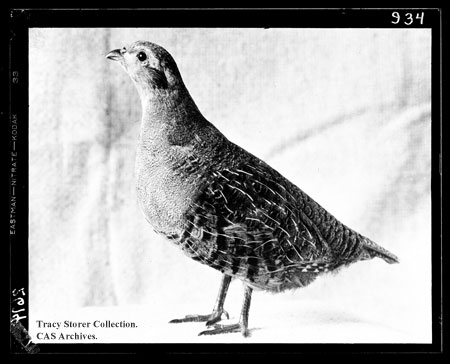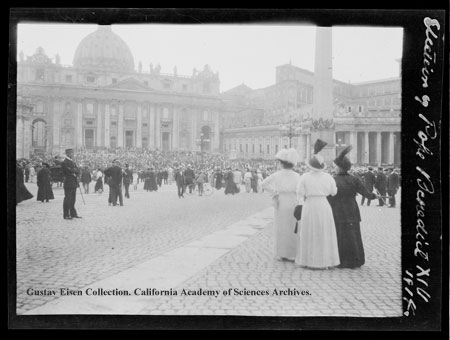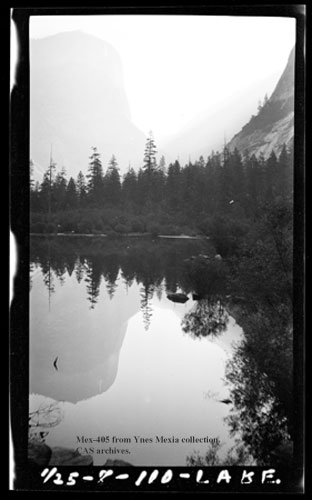A significant aspect of scientific expeditions is visually documenting
a location, people, or specimens. Here in the archive, it is our job
to preserve these images. While these days most scientists and
photographers are using digital cameras, which present their own
preservation issues, our earlier manuscript collections contain
physical photographs and film negatives. There are three types of film
base: cellulose nitrate, cellulose acetate, and polyester. Both
nitrate and acetate can break down over time and the fumes they
release can harm the collections around them. In fact, nitrate film,
first manufactured by Eastman Kodak in 1889 and continued to be made until
the early 1950s, is highly flammable. Nitrate film can be difficult to identify from
other film bases unless it is seriously deteriorated or clearly marked. The North East
Document Conservation Center has a wonderful preservation leaflet
about how to identify nitrate film and how to test if your film is
nitrate.

We didn't need to test this negative because it is marked "Eastman - Nitrate - Kodak" on the left edge.
So, what can we do to capture the images on nitrate negatives and
still protect our other materials from fumes and possible fire? We are
in the process of a nitrate separation, digitization, and storage
project. As we find nitrate negatives, we digitize them by making a
high resolution Tiff image. This is our archival master image. The
negative is then placed in a paper enclosure and labeled in pencil. A
large group of negatives is put in an archival box, heat sealed in a
Marvelseal wrapper (to prevent moisture from getting in) and then
placed in a ziptop plastic bag. The bag is placed in our flammable material
storage freezer and kept at -20 degrees centigrade. This helps preserve
the image on the negative and protects our other collections from fumes
that nitrate generates as it degrades. So far, there are approximately
6,000 frozen negatives in our freezer and we have another 800
negatives to add to the freezer as part of our most recent project.
The images below are nitrate negatives that have been digitized in the
last year.

Gustav Eisen negative labeled "Election of Pope Benedict XIV 1914". Thanks to a comment from J.S. Oishi we know that election was actually of Pope Benedict XV.

Ynes Mexia negative of "Lake Mirror. Dawn." Yosemite National Park, 1921.
Danielle Castronovo - Archives and Digital Collections Librarian